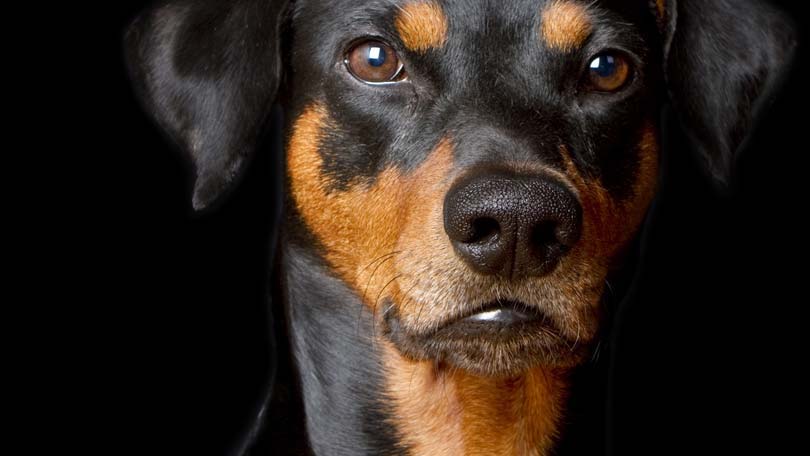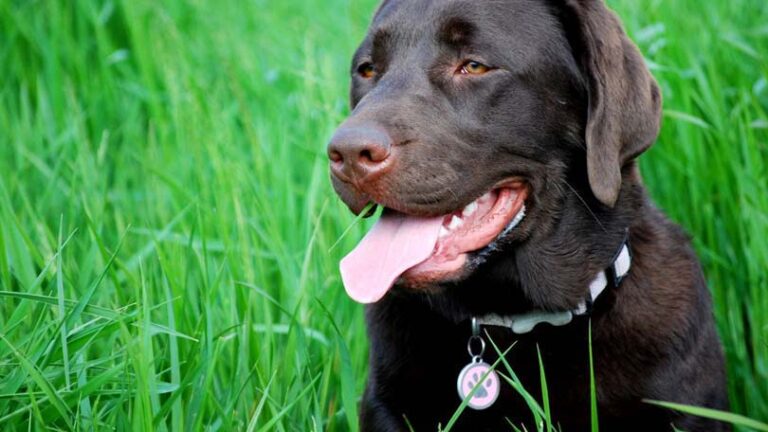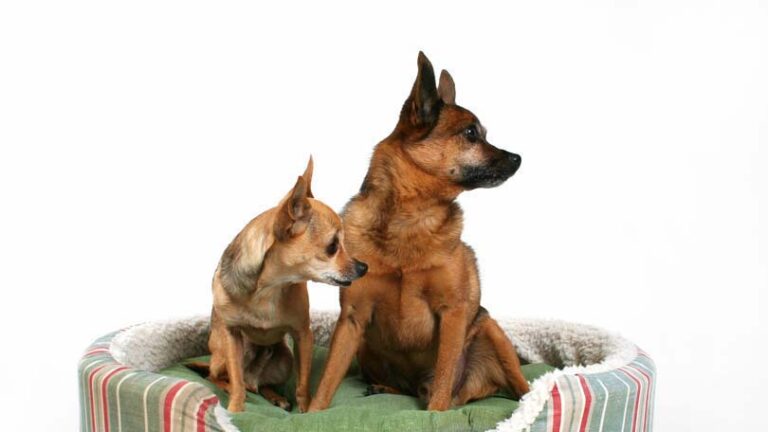Changing Dog Foods
Changing dog foods can be problematic for many people and for their dogs. To change or not to change? And, if you do change dog food, there’s no guarantee that the new food will be any better for your dog than the food you were previously using. How do you know if you should change foods? How do you choose a new food? These are all difficult questions.
Let’s start at the beginning. Should you change your dog’s food? Take a good, honest look at your dog. How does his coat look? Is it healthy? Does it feel the way it’s supposed to feel? Is it dry and brittle? How is your dog’s skin? Are their rashes or other skin problems? How are your dog’s eyes? Are they clear and bright? Is your dog underweight or overweight? What is his overall condition? Is he having any health problems?
If your dog is in good health and he’s not having any problems then there is really no good reason to change his food. Why tamper with food that is clearly working well for him? If you change his food you could bring on some problems for your dog that he’s not experiencing now. There are always going to be dog food gurus and people advocating fad diets. It’s not wise to listen to every new person who comes along and tells you to change your dog’s food. The best thing to do for your dog is to look at his health and condition and let that be your guide. If your dog is doing well then it’s usually best to stay with what’s working for him.
However, if you evaluate your dog’s condition and there are problems, then you should probably have him seen by a vet. It’s good to get a veterinary opinion before you start making changes to his diet. He could be suffering from a real health problem and you don’t want to overlook it by simply playing around with his food. Once your vet examines your dog, if he or she doesn’t find anything wrong with him, then you can consider changing dog foods.
When you begin to consider changing dog foods you should begin by looking at the label from the food you’ve been feeding. Find out exactly what you’ve been feeding your dog so you can move away from some of those ingredients that haven’t been working for your dog. You may find that the food contains a high corn content. Many dog foods contain a great deal of corn in various forms. Corn is often used by dog food companies — even some of the better companies, including the foods sold by prescription through your veterinarian’s office — as a cheap source of protein. It costs much less to use corn as a protein than it does to use lamb or beef, for instance. However, your dog is not able to digest the protein in corn very well. Dogs only digest about 54 percent of the protein in corn. By contrast, your dog can digest about 92 percent of the protein in fish, and about 75 percent of the protein in beef. These other sources of protein cost more but they are much more nutritious for your dog.
When you look at other possible dog foods pay particular attention to the first five ingredients listed. Manufacturers are required to list ingredients by weight before processing. This means that the first ingredient listed should be the primary ingredient in the food. If the first ingredient is lamb, there should be more lamb in the food than any other ingredient. Try to find foods that have two or three named sources of protein in the first five ingredients. These foods are usually best for your dog.
Manufacturers sometimes use a practice called “splitting” to include multiple sources of a single ingredient, but because the ingredient is listed in separate ways the buyer may not notice how much of the ingredient is in the food. For instance, corn gluten meal may be the fifth ingredient listed in a food but, further down the list, ground yellow corn and whole ground corn are also found in the same food. When all of this corn is added together, corn becomes the singled biggest ingredient in the food, making this food a poor choice for your dog.
Beware of foods that have generic ingredients such as “animal digest” or “poultry by-products.” Vague descriptions like “animal” and “poultry” mean that the manufacturer could use different things, and not all of them are good. “Digest” and “by-products” are also undesirable ingredients. Look for whole parts of the animal, such as whole chicken. Look for meal, such as lamb meal. Look for de-boned animal parts, such as de-boned chicken.
You should also look for dog foods that are free of artificial flavors, artificial sweeteners and artificial preservatives, such as Ethoxyquin, BHA and BHT. Artificial coloring is not necessary either and is only added to appeal to the owner, not the dog.
You should also look for the AAFCO (Association of American Feed Control Officials) statement on whatever food you are considering. This label will state that the food has met nutritional guidelines or passed feeding trials for dogs. Dog food can be sold without this label but if it doesn’t have this label you have no guarantee that it meets minimum nutritional standards for your puppy or dog.
When you find a food that you want to try you should introduce it very slowly to your dog. Mix just a little of it with your dog’s current food so he will have a chance to get used to it gradually. If you change your dog’s food suddenly you may cause him to have gastrointestinal problems such as diarrhea or vomiting . Keep an eye on how your dog reacts to the new food. If he seems to like it and isn’t having any problems digesting it, you can start adding more to his old food until he is eating only the new food.
After you have made the switch you will need to watch your dog’s condition carefully. Monitor your dog’s weight and the condition of his coat and skin. How is he doing? Is he gaining weight? Losing? You may need to adjust the amount you’re feeding. Are his coat and skin getting better or worse? If you can tell that he’s not improving or he’s getting worse you may need to look for a different food.
However, bear in mind that it can take a few weeks before you see improvement if your dog has any nutritional deficiencies. Some things won’t improve overnight. Things can definitely worsen overnight, however. Keep a supply of your previous food on hand, just in case you need to go back to something that your dog wasn’t doing so badly on.
If you and your dog have started down the road of changing dog foods because of allergies and other health problems then it may take you a while to find the right food. You will have to be patient. You may need to feed your dog a bland diet from time to time while you search for the proper food. Hang in there and good luck to you.

Having discovered a fondness for insects while pursuing her degree in Biology, Randi Jones was quite bugged to know that people usually dismissed these little creatures as “creepy-crawlies”.







